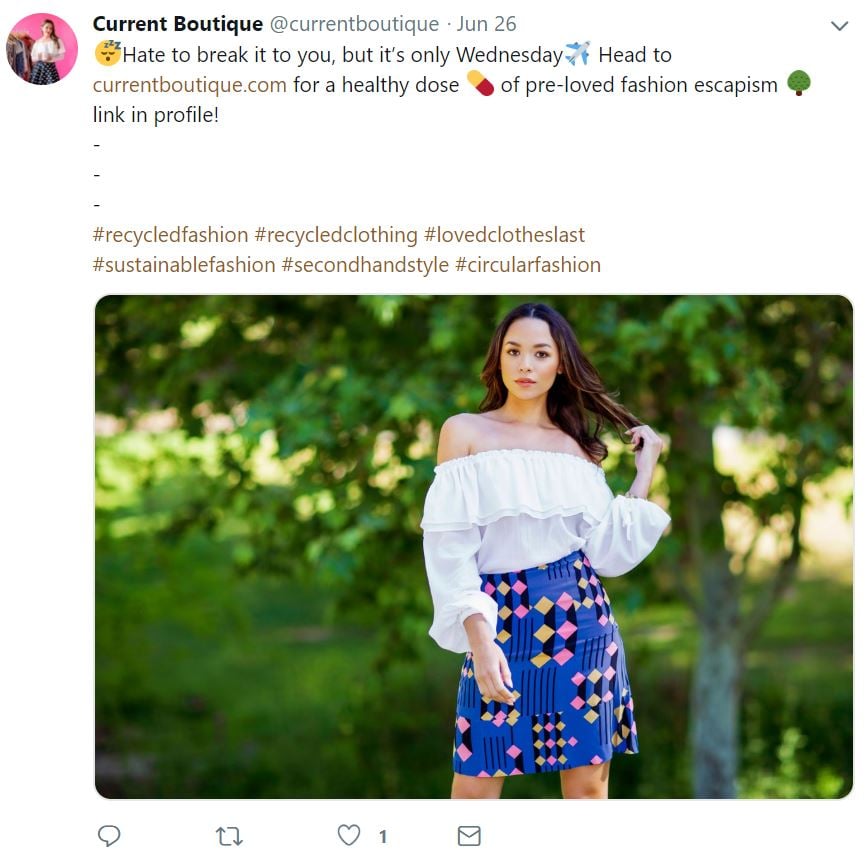
There are currently 3.2 billion social media users on the planet—that’s almost half the population. What’s more, 37% of consumers find purchase inspiration through social media. Social media has become a powerful tool in the eCommerce arsenal, aiding in product discovery and brand engagement that ultimately drives sales. Still, increasing eCommerce revenue through social involves more than just posting a photo on Instagram every few days. Here’s how to drive lasting brand engagement and eCommerce sales through social:
Find your target audience
Finding the right balance between posting too frequently and becoming ‘spammy’, and getting lost in a saturated space depends on knowing your target audience.
Perform market research to determine who your ideal customer is, and where they are interacting with your brand. Then you can create buyer personas for each segment, and use those profiles to create highly-relevant content on your social platforms. Maybe your ideal customer doesn’t spend a lot of time on Instagram, but frequently engages with brands on Twitter. These insights can help you prioritize the social channels that you target.
Follow accounts that fit the description of your target audience. Everyone loves the gratification that comes from a new follower on social media. Consumers will notice that you followed them, and chances are they will check out your account and maybe follow you back, giving you another opportunity to get your products in front of them. Further engage consumers by leaving positive comments on their posts (make sure they are on brand in terms of tone and messaging) and liking their photos and videos. This drives brand engagement and lets customers connect with your brand on a personal level. But beware of how frequently you interact with the same customer—spamming them will drive business away. Lastly, sending targeted, personal direct messages to some accounts promoting your product or offering a discount code could help increase conversions as well.
Post relevant content
So now that you know who you are speaking with on social media, it’s time to address what you are actually saying.
Regularly posting high-quality, relevant content is crucial to creating an engaging brand experience on social. Followers don’t just engage with brands to be sold to; they want to see content that fits with their own interests, values, and aspirations. Your social presence should align with your online and in-store branding, and should take on a similar voice and tone to provide a consistent customer experience.
 Current Boutique connects with their customers through relatable social posts that tie into their brand values.
Current Boutique connects with their customers through relatable social posts that tie into their brand values.
Using relevant hashtags on your posts will also extend the post to new viewers, or potential customers. Utilize a mix of popular or trending hashtags as well as unique, branded hashtags to join the online conversation. Finding a relevant social trend to your business (such as ‘Motivation Monday’ for an athletic apparel company or ‘Self Care Sunday’ for a beauty brand) and regularly posting using the popular hashtags around that topic helps customers with those interests find you.
Not sure which hashtags are most relevant to your business? Check out what your competitors are doing, as well as which pages your own followers are engaging with and what those users are posting. And don’t forget to perform research in the social tools themselves. Here are three guides to get you started:
- 2019 Instagram Hashtag Guide
- Guide to Finding and Using the Right Twitter Hashtags
- Quick and Dirty Guide to Hashtags on Pinterest
Using the story option on Instagram specifically is another great way to personalize your account. Posts on stories only last 24 hours, which is ideal for promoting flash sales or exclusive content. If you want that content to last longer but don’t want to keep it in your permanent feed, add it to your Highlights, so customers can always revisit it.
And lastly, make sure all your social accounts are turned to the Business Account setting. This allows you to see the analytics behind everything you post. Don’t post blindly—learn from your account and use the data to your advantage.
Partner with influencers
We’ve already put together a comprehensive guide to working with influencers and how influencer marketing drives conversions, so check that out for additional guidance. But for brands just starting out with influencer marketing, partnering with micro-influencers (content creators on social with a small but highly engaged following) is a great first step to driving conversions. Micro-influencers will often post about a brand in exchange for free products to try, which is a cost-effective way for retailers to work with influencers.
Also, keep in mind that influencers are not just social media celebrities. Your own employees and customers are also influencers. Encourage your own employees to post about your products with a dedicated brand hashtag, and re-share customer posts on your site and social platforms. Do you have lots of positive product reviews from your customers? Highlight them on your website and share them on social as well. Each of these efforts will drive brand awareness and organically encourage engagement.
 Journeys.com highlights customers' social posts using #MyJourneys.
Journeys.com highlights customers' social posts using #MyJourneys.
Enable social selling
As mobile starts to overtake desktop in terms of eCommerce conversions, social media has become a tool for not only driving traffic to web stores, but for directly enabling sales on the platform.
Consider activating social selling on social media with functionalities such as shoppable Instagram posts or ‘Shop the Look Pins’ on Pinterest. Allowing customers to shop directly on your brand posts takes an additional step out of the path to checkout and encourages conversions.
Additionally, even if you do not enable social selling on your posts, make sure your store is linked in all your social media profile bios, with clear call-outs in each post directing people to where they can shop. If you are running a sale or other promotion, link that info in your profile as well. The more opportunities a customer has to come across your products, the more likely they are to convert.
Social media is a powerful tool, and used correctly, it can have a major impact on your business's bottom line.
Interested in more recommendations on how to increase your eCommerce revenue? Schedule a free site audit with our team of experts, and we'll provide a report of personalized recommendations to grow your business.
[sf_modal header="First, tell us a bit about yourself:" link_type="button" link_text="Modal link" btn_colour="accent" btn_type="standard" btn_size="large" btn_icon="ss-star" btn_text="Schedule Free Site Audit"]
[/sf_modal]

